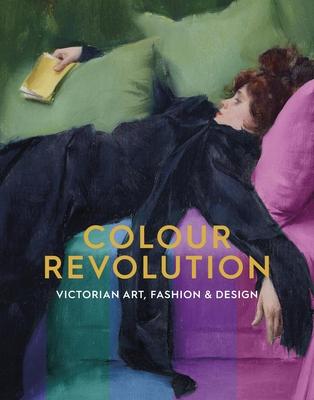- Britain's industrial age is often perceived through a black-and-white filter as the funereal age of coal pollution and bleak working class slums. This catalog will dispel that perception, demonstrating how the industrial revolution transformed color, and focus on the central role it played in art, culture and technology
- As opposed to approaches favoring a long history of color, the catalog focuses on the second half of the 19th century and argues that this was a crucial chromatic turn, which has been significantly ignored by prominent historians of color and previous publications
- Several essays in the catalog offer new research into key chromatic events of the period including the 1862 International Exhibition
- Accompanies an exhibition at the Ashmolean Museum from 21 September 2023 to 18 February 2024
Contrary to the monochrome vision of Queen Victoria's mourning dresses and the coal-polluted streets of Charles Dickens' London, Victorian Britain was, in fact, a period of new and vivid colors. The Industrial Revolution had transformed the Victorians' perception of color and, over the course of the second half of the 19th century, it became the key signifier of modern life. The Colour Revolution; Victorian Fashion, Art & Design charts the Victorians' new attitudes to color through a multi-disciplinary exploration of culture, technology, art and literature. The catalogue explores key 'chromatic' moments that inspired Victorian artists and writers to think anew about the materiality of color. Rebelling against the bleakness of the industrial present, these figures learned from the sacred colors of the past, the sumptuous colors of the Middle East and Japan and looked forward towards the decadent colors that defined the end of the century.
